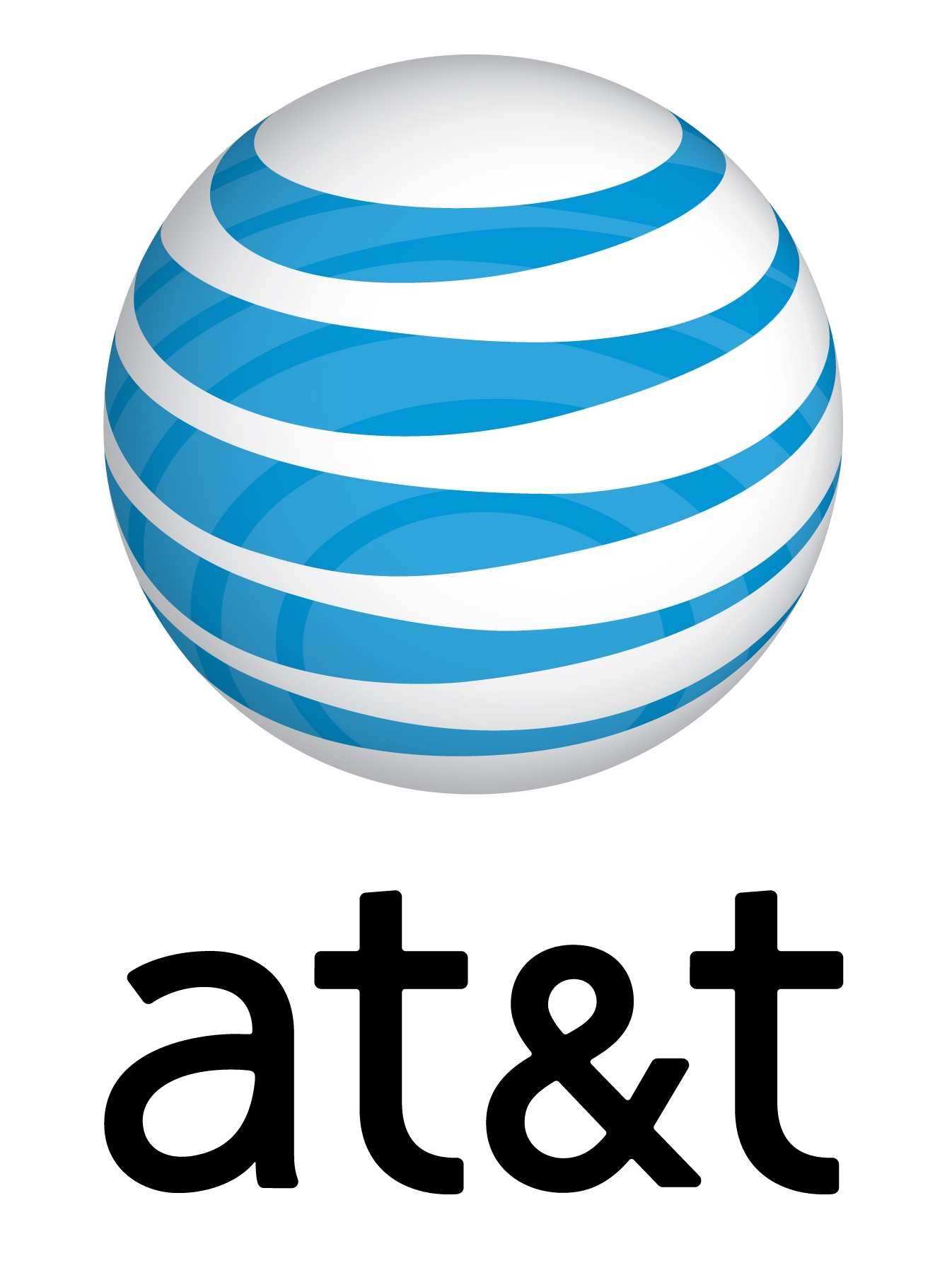State of the Application Nation

by Michael Phillips
11 Jan, 2011

Distimo, an app store analytics company, has released their latest Distimo Report, covering the full year of 2010. Included in the report are findings taken from analysis of Apple App Store for iPad, the Apple App Store for iPhone, BlackBerry App World, Google Android Market, Nokia Ovi Store, Palm App Catalog, Windows Marketplace for Mobile (6.x), and Windows Phone 7 Marketplace.
This should provide useful information for developers, advertisers and businesses owners of all kinds. Included are some expected findings (such as free apps being the most popular apps) but also some surprises (iPhone becoming a true business tool). Among the highlights are:
- Apple grew the most in 2010, in terms of total available applications, nearing 300,000 iPhone apps. However, Android saw a higher percentage growth, with near 130,000 available apps -- six times what was available one year ago. BlackBerry App World now has approximately 18,000 apps and Nokia's Ovi Store has about 25,000.
- Free applications dominate the market, in terms of downloads. The top 300 free apps in the U.S. generated, on average, more than 3 million downloads per day in December 2010, compared to 350,000 paid apps. However, from June 2010 to December 2010, paid app downloads in the top 300 increased 30 percent more than free downloads in the top 300. In other words, free still dominates but users appear increasingly willing to pay for apps.
- In-app purchases are soaring. In both the iPad and iPhone app stores, in-app purchases from free apps more than doubled. And this makes sense, as more free applications are offering "ad-free" versions for a small fee. In-app purchases on the iPhone outperform the iPad 34 percent to 15 percent, respectively. Interesting to note is that on the iPhone, in-app purchases coming from paid apps actually fell seven percent. In-app purchases coming from paid apps on the iPad, however, rose nine percent. Perhaps working in the larger environment of the iPad induces people to be more willing to pay for feature-rich functionality.
- In all, app prices are dropping; across Apple App Store, Android, BlackBerry and Nokia. Android saw the lowest price drop, while Nokia saw the highest.
- In December 2010, the most popular price range for apps was $1.00-$1.99 (27% of all markets), followed by $.01-$.99 (21% of all markets). Note that BlackBerry added $.01 to $0.99 and $1.00 to $1.99 pricing tier, recently.
- Surprisingly, the top growth category for iPhone was business applications -- seeing 186 percent growth in 2010. Business didn't even make the top five growth categories for BlackBerry or Android. It should be noted, however, that new categories were recently introduced by BlackBerry and Android, which accounts for some of the explosive growth of other categories. But the main takeaway is that businesses are finally accepting iPhone as a business tool and not just an entertainment device.

Michael Phillips
Masson specializes in helping brands articulate their purpose and communicate their value—through naming, campaigns, pitch decks, copy, video, and multi-platform, targeted content series.
Subscribe to Our Newsletter!
Latest in Mobile Marketing










